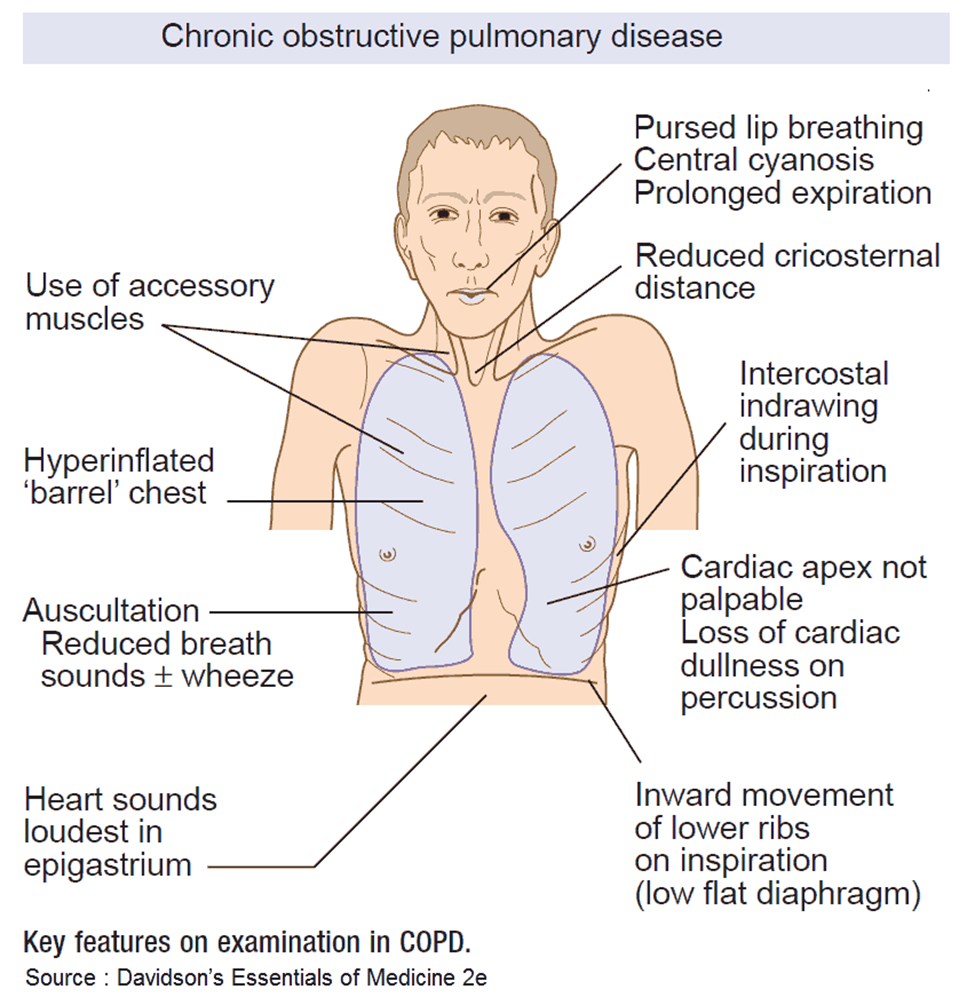A nurse is auscultating a client's heart sounds and hears an extra heart sound before what should be considered the first heart sound S1. The nurse should document this finding as which of the following heart sounds?
A friction rub
A split second heart sound S₂
The third heart sound (S3)
The fourth heart sound (S4)
The Correct Answer is D
A. A friction rub: A friction rub is a sound caused by the rubbing of inflamed pericardial layers and is not classified as a heart sound like S1 or S2. It is unrelated to the sequence of heart sounds.
B. A split second heart sound S₂: A split S₂ occurs during the closure of the aortic and pulmonary valves and is heard after S1, not before.
C. The third heart sound (S3): S3, or the ventricular gallop, occurs shortly after S2 during early diastole and indicates rapid ventricular filling. It is not heard before S1.
D. The fourth heart sound (S4): S4, known as the "atrial gallop," occurs just before S1 during atrial contraction. It is associated with a stiff or hypertrophied ventricle and is often indicative of underlying heart disease, especially in older adults.
Nursing Test Bank
Naxlex Comprehensive Predictor Exams
Related Questions
Correct Answer is ["B","C","D"]
Explanation
A. Bradycardia: Emphysema itself is not directly associated with bradycardia. However, severe hypoxia or other complications may lead to changes in heart rate.
B. Barrel chest: Emphysema is characterized by the destruction of alveoli, leading to loss of elastic recoil in the lungs. This results in hyperinflation and an increase in the anteroposterior diameter of the chest, creating a barrel-shaped appearance.
C. Dyspnea: Emphysema causes difficulty in exhaling air due to the loss of elasticity in the lung tissue. This can lead to a feeling of breathlessness.
D. Deep respirations: Clients with emphysema often adopt a pattern of deep and labored breathing to compensate for the decreased efficiency of gas exchange.
E. Clubbing of the fingers: Clubbing of the fingers is more commonly associated with chronic hypoxia, but it is not a typical finding in emphysema. Clubbing can occur in certain lung diseases, but it is not a defining characteristic of emphysema.

Correct Answer is A
Explanation
A. Smoking cessation: Chronic bronchitis is often associated with smoking and exposure to tobacco smoke. The most effective preventive measure for chronic bronchitis is to quit smoking and avoid exposure to secondhand smoke. Smoking cessation not only prevents chronic bronchitis but also improves overall respiratory health.
B. Regular moderate exercise: While regular exercise is beneficial for overall health, it is not specifically cited as a primary preventive measure for chronic bronchitis. However, exercise can contribute to overall respiratory health and well-being.
C. Maintenance of ideal weight: Maintaining an ideal weight is important for overall health, but it is not identified as a specific preventive measure for chronic bronchitis.
D. Annual influenza immunization: Influenza immunization is important for preventing influenza (flu) and its complications. While individuals with chronic bronchitis may be at increased risk for respiratory infections, annual influenza immunization is not a direct preventive measure for chronic bronchitis itself.
Whether you are a student looking to ace your exams or a practicing nurse seeking to enhance your expertise , our nursing education contents will empower you with the confidence and competence to make a difference in the lives of patients and become a respected leader in the healthcare field.
Visit Naxlex, invest in your future and unlock endless possibilities with our unparalleled nursing education contents today
Report Wrong Answer on the Current Question
Do you disagree with the answer? If yes, what is your expected answer? Explain.
Kindly be descriptive with the issue you are facing.
